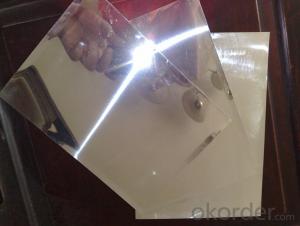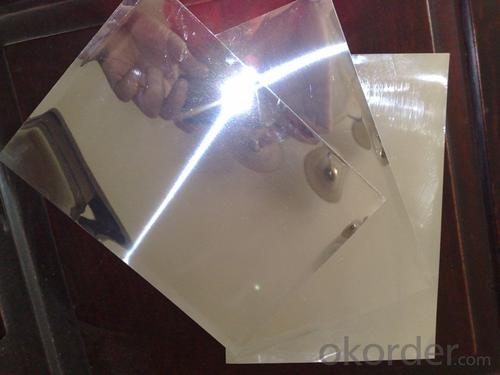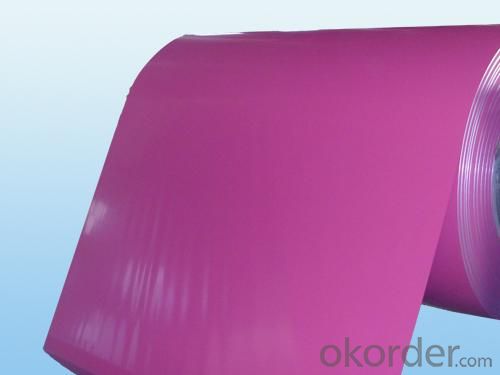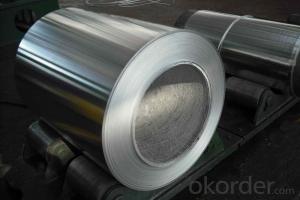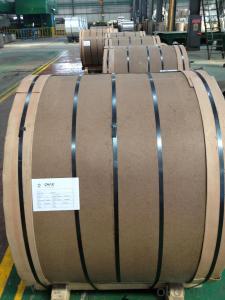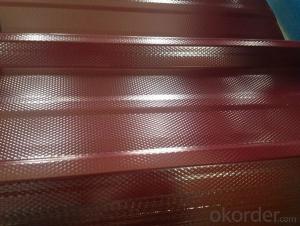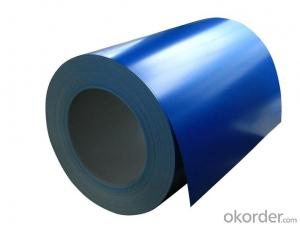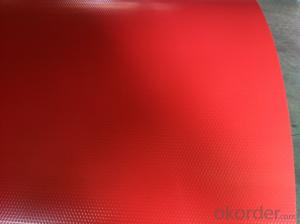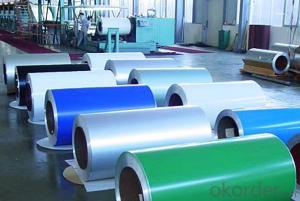Aluminum Sheets Kaccha House - Aluminium Coils for Decoration Ceiling AA3003
- Loading Port:
- Shanghai
- Payment Terms:
- TT OR LC
- Min Order Qty:
- 5 m.t.
- Supply Capability:
- 50000 m.t./month
OKorder Service Pledge
OKorder Financial Service
You Might Also Like
Specification
1.Structure of Aluminium Coils for Decoration Ceiling AA3003
Aluminium Coils for Decoration Ceiling AA3003 is one semi-finished aluminium material. The coils are widly used in the building,decoration and aluminium circle. The alloy AA1050 is the most common alloy in the aluminium industry. Its weight is much lower than steel. So many customers choosed aluminium material instead of steel.
2. Main features of Aluminium Coils for Decoration Ceiling AA3003
a.Competitive price---We have our own mills and can produce mill finished aluminium coils, so we can control the production cost better.
b.Professional after-sale service---We have more than 15 years exportation experience and you need not worry about the exporation problems.
c.Fast delivery time---We can control the delivery time within 35 days.
3. Image of Aluminium Coils for Decoration Ceiling AA3003
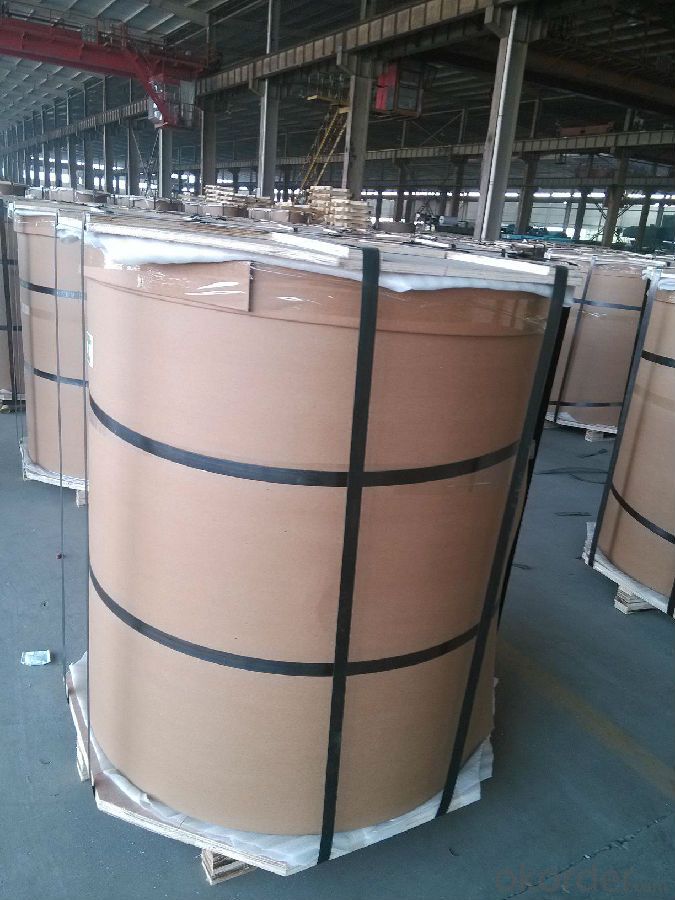
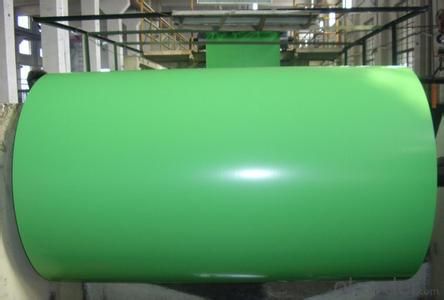
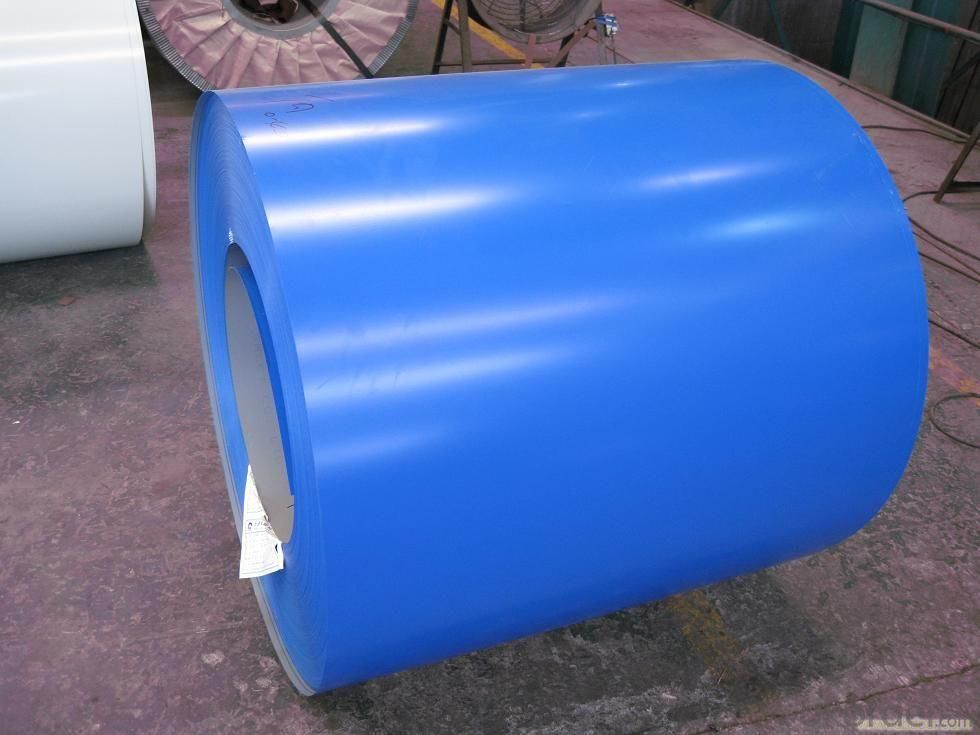
4. Product Specification
| Alloy | Temper | Thickness | Width | Weight |
| AA1100 | HO | 0.2MM-3MM | 1000-1500MM | Max 3 tons |
5.FAQ:
What is the quality standard?
---Usually our standard is GB3880-2006
What is the largest width?
---It is 2300mm
What is the MOQ?
---Usually we can accept 80 tons.
- Q: Can aluminum sheets be used for packaging purposes?
- Yes, aluminum sheets can be used for packaging purposes. They are commonly used in the packaging industry due to their lightweight, corrosion-resistant, and malleable properties. Aluminum sheets can be easily formed into various shapes and sizes, making them ideal for packaging products such as food, beverages, pharmaceuticals, and cosmetics. Additionally, aluminum provides a protective barrier against moisture, oxygen, and light, ensuring the quality and longevity of the packaged goods.
- Q: What is the difference between aluminum sheet and aluminum curtain wall? The cost is high!
- Composite aluminum plate is also called aluminum composite plate,The aluminum composite plate and aluminum sheet belong to curtain wall decoration materialThe difference between the two liesThe aluminum sheet is also called the pure aluminum sheet, and the single aluminum plate is coated with decorative paint on the aluminum plate surface,Aluminum composite plate is two layers of relatively thin and some also coated with aluminum decorative paint, and a middle plastic or honeycomb core, corrugated core, fireproof core plate composite. Contains aluminium composite panel, aluminum honeycomb board, aluminum composite corrugated board, aluminum composite wood plate, aluminum plate with the stone composite.According to the raw material composition, the aluminum single board price will be higher
- Q: Can aluminum sheet be used for food contact applications?
- Indeed, aluminum sheet is suitable for food contact applications. The food industry extensively utilizes aluminum owing to its exceptional characteristics. It is non-toxic, resistant to corrosion, and possesses a high thermal conductivity, rendering it appropriate for an array of food processing and packaging purposes. By utilizing aluminum sheets, one can craft food containers, trays, and foils, thereby offering a secure and sanitary solution for storing and transporting food. Moreover, aluminum is recyclable, making it an environmentally conscious selection for food contact applications.
- Q: What are the different forming methods for aluminum sheets?
- There are several different forming methods that can be used to shape aluminum sheets. These methods include: 1. Roll Forming: This process involves passing the aluminum sheets through a series of rollers that gradually shape the material into the desired form. Roll forming is often used to create long, continuous shapes such as channels or rails. 2. Press Forming: Press forming uses hydraulic or mechanical presses to apply force to the aluminum sheet, creating the desired shape. This method is commonly used for forming complex shapes with tight tolerances. 3. Stretch Forming: In stretch forming, the aluminum sheet is clamped at its edges and then stretched over a die, causing the material to conform to the shape of the die. This method is often used to produce curved or contoured parts. 4. Deep Drawing: Deep drawing involves placing a blank of aluminum sheet into a die and then using a punch to force the material into the die cavity, creating a hollow shape. This method is commonly used to produce cylindrical or box-shaped parts. 5. Hydroforming: Hydroforming uses hydraulic pressure to shape the aluminum sheet against a die. This method is particularly useful for producing complex, intricate shapes with smooth surfaces. 6. Incremental Sheet Forming: In incremental sheet forming, a CNC machine moves a small tool over the surface of the aluminum sheet, gradually shaping it by applying localized pressure. This method is often used for prototyping or small-scale production. These forming methods offer different advantages and are suitable for different applications. The choice of method depends on factors such as the desired shape, complexity, and volume of production.
- Q: How does the alloy composition affect the mechanical properties of aluminum sheet?
- The mechanical properties of aluminum sheet are significantly influenced by its alloy composition. These properties include tensile strength, yield strength, elongation, hardness, and fatigue strength, among others. To begin with, the overall strength of the aluminum sheet is greatly affected by its alloy composition. Aluminum alloys are commonly mixed with elements like copper, manganese, magnesium, and silicon to enhance their mechanical properties. These alloying elements form solid solutions or precipitates within the aluminum matrix, resulting in a significant increase in material strength. For example, the addition of copper to aluminum forms a solid solution that enhances the sheet's tensile strength and yield strength. Furthermore, the ductility and formability of the aluminum sheet are also impacted by its alloy composition. Some alloying elements, such as magnesium and silicon, can reduce the ductility of aluminum alloys. This reduction in ductility makes the sheet more susceptible to cracking or fracturing when subjected to stress. Conversely, certain alloying elements can improve the formability of aluminum sheet, making it easier to shape or bend without cracking. Moreover, the resistance to corrosion and heat of aluminum sheet is influenced by its alloy composition. For instance, aluminum alloys with a high magnesium content, such as the 5000 series, exhibit excellent corrosion resistance and are commonly used in marine applications. Additionally, specific aluminum alloys are developed for high-temperature applications, with alloying elements like copper and zinc enhancing their heat resistance. Finally, the microstructure of aluminum sheet is affected by its alloy composition, which in turn affects its mechanical properties. Different alloy compositions can result in various microstructural features, including grain size, grain boundaries, and phase distribution. These microstructural characteristics can impact the sheet's strength, hardness, and fatigue resistance. In conclusion, the alloy composition plays a crucial role in determining the mechanical properties of aluminum sheet. Manufacturers can tailor the sheet's properties to meet specific requirements, such as strength, ductility, formability, corrosion resistance, and heat resistance, by carefully selecting the appropriate alloy composition.
- Q: Can aluminum sheets be used for interior design purposes?
- Yes, aluminum sheets can definitely be used for interior design purposes. Aluminum is a versatile material that offers many benefits for interior design applications. It is lightweight, durable, and resistant to corrosion, making it ideal for various design elements such as wall coverings, ceiling panels, backsplashes, and room dividers. Aluminum sheets can be easily customized and fabricated into different shapes, sizes, and finishes, allowing for endless design possibilities. Additionally, aluminum is a sustainable and eco-friendly material, as it is highly recyclable. Its sleek and modern look adds a contemporary touch to any interior design project. Overall, aluminum sheets have become a popular choice for interior designers due to their functionality, aesthetics, and sustainability.
- Q: How do you calculate the weight of an aluminum sheet?
- To calculate the weight of an aluminum sheet, you need to consider its dimensions (length, width, and thickness) and the density of aluminum. First, measure the length, width, and thickness of the aluminum sheet in inches or millimeters. Make sure to use the same unit of measurement throughout the calculation. Next, convert the dimensions to feet or meters if necessary. For example, if the dimensions are in inches, divide each value by 12 to convert it to feet. Multiply the length, width, and thickness together to find the volume of the aluminum sheet. If the dimensions are in different units, convert them to the same unit before multiplying. Then, look up the density of aluminum. The density of aluminum is approximately 2.7 grams per cubic centimeter or 2700 kilograms per cubic meter. Convert the volume of the aluminum sheet to the same unit as the density. For example, if the density is in kilograms per cubic meter and the volume is in cubic feet, convert the volume to cubic meters by multiplying it by 0.0283. Finally, multiply the volume of the aluminum sheet by the density of aluminum to get the weight of the sheet. The result will be in grams or kilograms if the density was in grams per cubic centimeter, or in kilograms or metric tons if the density was in kilograms per cubic meter. It's important to note that this calculation assumes a uniform thickness throughout the aluminum sheet. If the sheet has varying thicknesses, you would need to calculate the weight of each section separately and then sum them up to find the total weight.
- Q: Can aluminum sheets be laser cut?
- Yes, aluminum sheets can be laser cut. Laser cutting is a popular method for cutting aluminum sheets due to its precision and efficiency. The laser cutting process involves using a high-powered laser to melt or vaporize the material, creating a clean and accurate cut. Aluminum is a highly reflective material, so it requires a higher-powered laser to effectively cut through it. However, once the correct laser settings are determined, aluminum sheets can be easily and precisely cut using a laser cutting machine. This method is widely used in industries such as automotive, aerospace, and manufacturing for various applications involving aluminum sheets.
- Q: I wish to purchase an 8' step ladder as well as a medium length extension ladder. What are the pros and cons of aluminum vs. fiberglass?
- Plus they are heavier, will take a truck with at least a V6. Aluminum on the other hand is lighter, does not look as good, has less maintenance, can take more abuse than fiberglass. But an aluminum boat is not as wide as a fiberglass boat, that is my biggest complaint. The width makes a big difference, like women's hips !! wider the better !! Look at a 17' boat, world of difference in the 1'. Good luck be careful,
- Q: Are aluminum sheets suitable for automotive heat shields?
- Certainly! Automotive heat shields can indeed utilize aluminum sheets. Aluminum is an exceptional option for heat management in automotive applications due to its lightweight nature and impressive conductivity. Its high melting point and excellent thermal conductivity properties allow it to efficiently absorb and disperse heat produced by the vehicle's engine, exhaust system, and other heat sources. Furthermore, aluminum sheets are easily moldable and can be crafted into diverse sizes and designs, making them adaptable for various automotive heat shield purposes. In summary, aluminum sheets offer an economical and effective means of safeguarding vulnerable components from heat-related harm within automotive systems.
Send your message to us
Aluminum Sheets Kaccha House - Aluminium Coils for Decoration Ceiling AA3003
- Loading Port:
- Shanghai
- Payment Terms:
- TT OR LC
- Min Order Qty:
- 5 m.t.
- Supply Capability:
- 50000 m.t./month
OKorder Service Pledge
OKorder Financial Service
Similar products
Hot products
Hot Searches
Related keywords
